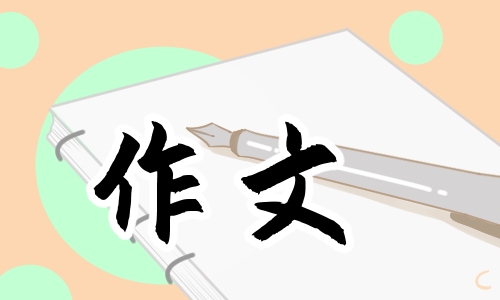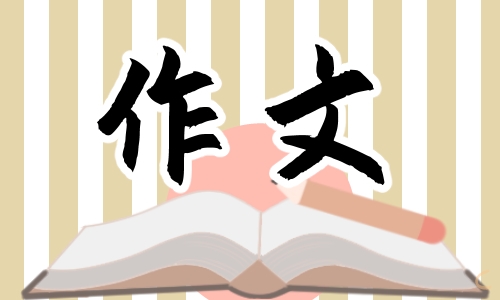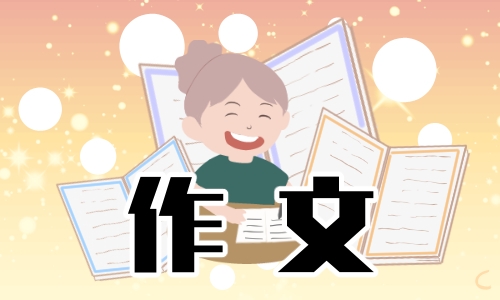小升初考试让每位步入小学六年级的学生和家长都受尽煎熬。这是孩子们人生中第一次真正意义上的考试,因此六年级这一年的备考尤为重要。以下是小编为大家准备的小升初英语必背知识点归纳,希望对大家有所帮助。

▼▼目录▼▼
学生易错词汇
形容词比较级详解
动词过去式详解
动词现在分词详解
人称和数知识点
句型专项归类
●小升初英语必背知识点归纳一、学生易错词汇
1.a, an的选择: 元音字母开头的单词用an,辅音字母开头的单词用a.
2. am , is , are的选择: 单数用is , 复数用are. I 用 am , you 用 are.
3. have , has 的选择: 表示某人有某物。单数用has , 复数用have. I , you 用 have .
4. there is, there are 的选择:表示某地有某物,某人。单数用there is , 复数用there are.
5. some, any 的选择:肯定句用some, 疑问句和否定句用any.
6. 疑问词的选择:what (什么) who (谁) where (哪里) whose (谁的) why(为什么)when(什么时候)
which(哪一个)how old (多大) how many (多少)how much(多少钱)
返回目录>>>
●小升初英语必背知识点归纳二、形容词比较级详解:
当我们需要对事物作出比较时,需要用到比较级。比较级的句子结构通常是:
什么 + 动词be (am , is , are ) + 形容词比较级 + than(比)+ 什么 ,如:
I’m taller and heavier than you. (我比你更高和更重。)
An elephant is bigger than a tiger. (一只大象比一只老虎更大。)
形容词的比较级是在形容词的基础上变化而来的,它的变化规则是:
① 一般的直接在词尾加er ,如 tall - taller , strong - stronger ,
② 以e结尾的,直接加r ,如 fine – finer ,
③ 以辅音字母加y结尾的,先改y为i再加er,如funny - funnier
④ 双写最后的字母再加er,如big – bigger, thin – thinner ,hot – hotter
☆注意 比较的两者应该是互相对应的可比较的东西。
典型错误:My hair is longer than you.(我的头发比你更长。)
比较的两者是我的头发、你(整个人),那么比较的对象就没有可比性。
应该改为:My hair is longer than yours. 或My hair is longer than your hair.
比较级专项练习:
1、从方框中选出合适的单词完成句子 heavy tall long big
(1) How is the Yellow River?
(2) How is Mr Green? He’s 175cm.
(3) How are your feet? I wear size 18.
(4)How is the fish? It’s 2kg.
2、根据句意写出所缺的单词
(1) I’m 12 years old. You’re 14. I’m than you.
(2) A rabbit’s tail is than a monkey’s tail.
(3) An elephant is than a pig.
(4) A lake is than a sea.
(5) A basketball is than a football.
3、根据中文完成句子
(1) 我比我的弟弟大三岁. I’m than my brother.
(2) 这棵树要比那棵树高. This tree than that one.
(3) 你比他矮四厘米. You are than he.
(4) 谁比你重? than you?
4、根据答句写出问句
(1) I’m 160 cm.
(2) I’m 12 years old.
(4) Amy’s hair is 30 cm long.、从方框中选出合适的单词完成句子 heavy tall long big
(1) How is the Yellow River?
(2) How is Mr Green? He’s 175cm.
(3) How are your feet? I wear size 18.
(4)How is the fish? It’s 2kg.
2、根据句意写出所缺的单词
(1) I’m 12 years old. You’re 14. I’m than you.
(2) A rabbit’s tail is than a monkey’s tail.
(3) An elephant is than a pig.
(4) A lake is than a sea.
(5) A basketball is than a football.
3、根据中文完成句子
(1) 我比我的弟弟大三岁. I’m than my brother.
(2) 这棵树要比那棵树高. This tree than that one.
(3) 你比他矮四厘米. You are than he.
(4) 谁比你重? than you?
4、根据答句写出问句
(1) I’m 160 cm.
(2) I’m 12 years old.
(4) Amy’s hair is 30 cm long.
返回目录>>>
●小升初英语必背知识点归纳三、动词过去式详解
动词的过去式的构成规则有:
A规则动词
① 一般直接在动词的后面加ed:如 worked , learned , cleaned , visited
② 以e结尾的动词直接加d:如 lived , danced , used
③ 以辅音字母加y结尾的动词要改y为i再加ed(此类动词较少)如 study – studied carry – carried worry – worried (注意play、stay不是辅音字母加y,所以不属于此类)
④ 双写最后一个字母(此类动词较少)如 stopped
B不规则动词
(此类词并无规则,须熟记)小学阶段要记住以下动词的原形和过去式:
sing – sang , eat – ate , see – saw , have – had , do – did , go – went , take – took , buy – bought , get – got , read – read ,fly – flew , am/is – was , are – were , say – said , leave – left , swim – swam , tell – told , draw – drew , come – came , lose – lost , find – found , drink – drank , hurt – hurt , feel – felt
返回目录>>>
●小升初英语必背知识点归纳四、动词现在分词详解
动词的ing形式的构成规则:
① 一般的直接在后面加上ing , 如doing , going , working , singing , eating
② 以e 结尾的动词,要先去e再加ing ,如having , writing
③ 双写最后一个字母的(此类动词极少)有:running , swimming , sitting , getting
返回目录>>>
●小升初英语必背知识点归纳五、人称和数:
人称代词 物主代词
主格 宾格
第一
人称 单数 I(我) me my(我的)
复数 we(我们) us our(我们的)
第二
人称 单数 you(你) you your(你的)
复数 you(你们) you your(你们的)
第三
人称 单数 he(他) him his(他的)
she(她) her her(她的)
it(它) it its(它的)
复数 they(他们/她们/它们) them their(他们的/她们的/它们的)
返回目录>>>
●小升初英语必背知识点归纳六、句型专项归类:
1、 肯定句:是指用肯定的语气来陈述的句子,如:
I’m a student. She is a doctor. He works in a hospital.
There are four fans in our classroom. He will eat lunch at 12:00. I watched TV yesterday evening.
2、否定句:含有否定词或表示否定意义词的句子,如:I’m not a student. She is not (isn’t) a doctor.
He does not (doesn’t) work in a hospital. There are not (aren’t) four fans in our classroom.
He will not (won’t) eat lunch at 12:00. I did not (didn’t) watch TV yesterday evening.
☆小结:否定句主要是在肯定句的基础上加上了否定词 “not”。有动词be的句子则“not”加在be后面,可缩写成“isn’t,aren’t”,但am not 一般都分开写。没有动词be的句子则要先在主要动词的前面加上一个助动词(do,does,did),然后在它后面加上“not”,你也可以把它们缩写在一起如“don’t , doesn’t , didn’t )。这三个助动词要根据人称和时态来选择,其中“does”只用于一般现在时主语是第三人称单数的情况,而“did”只用于一般过去时,不论主语是什么人称和数,都用“did” 。
3、一般疑问句:是指询问事实的句子,此类句子必须用“yes”,或“no”来回答。
如:Are you a student? Yes, I am / No, I’m not.
Is she a doctor? Yes, she is. / No, she isn’t.
Does he work in a hospital? Yes, he does. / No, he doesn’t.
Are there four fans in our classroom? Yes, there are. / No, there aren’t.
Are you going to buy a comic book tonight? Yes, I am. / No, I am not. (Yes, we are. / No, we aren’t.)
Will he eat lunch at 12:00? Yes, I will. / No, I will not(won’t).
Are they swimming? Yes, they are. / No, they aren’t.
Did you watch TV yesterday evening? Yes, I did. / No, I didn’t.
☆小结:一般疑问句是在肯定句的基础上
①把动词be调到首位,其他照写,末尾标点符号变成问号即可。
②没有动词be的句子则要在句首加上一个助动词(do,does,did)再把紧跟在后面的动词变回原形,末尾标点符号变成问号即可。
这三个助动词也要根据人称和时态来选择,其中“does”只用于一般现在时主语是第三人称单数的情况,而“did”只用于一般过去时,不论主语是什么人称和数,都用“did” 。一般疑问句有个重要的原则就是问和答要一致,即问句里的第一个单词(助动词)和简略答句里的这个词是一致的。
返回目录>>>
2022年小升初英语必背知识点归纳相关文章:
★小升初英语常考经典单选题
★小升初英语自我介绍范文带翻译
★小升初英语语法必背知识点
★小升初英语听力学习的好方法








 扫一扫支付
扫一扫支付


